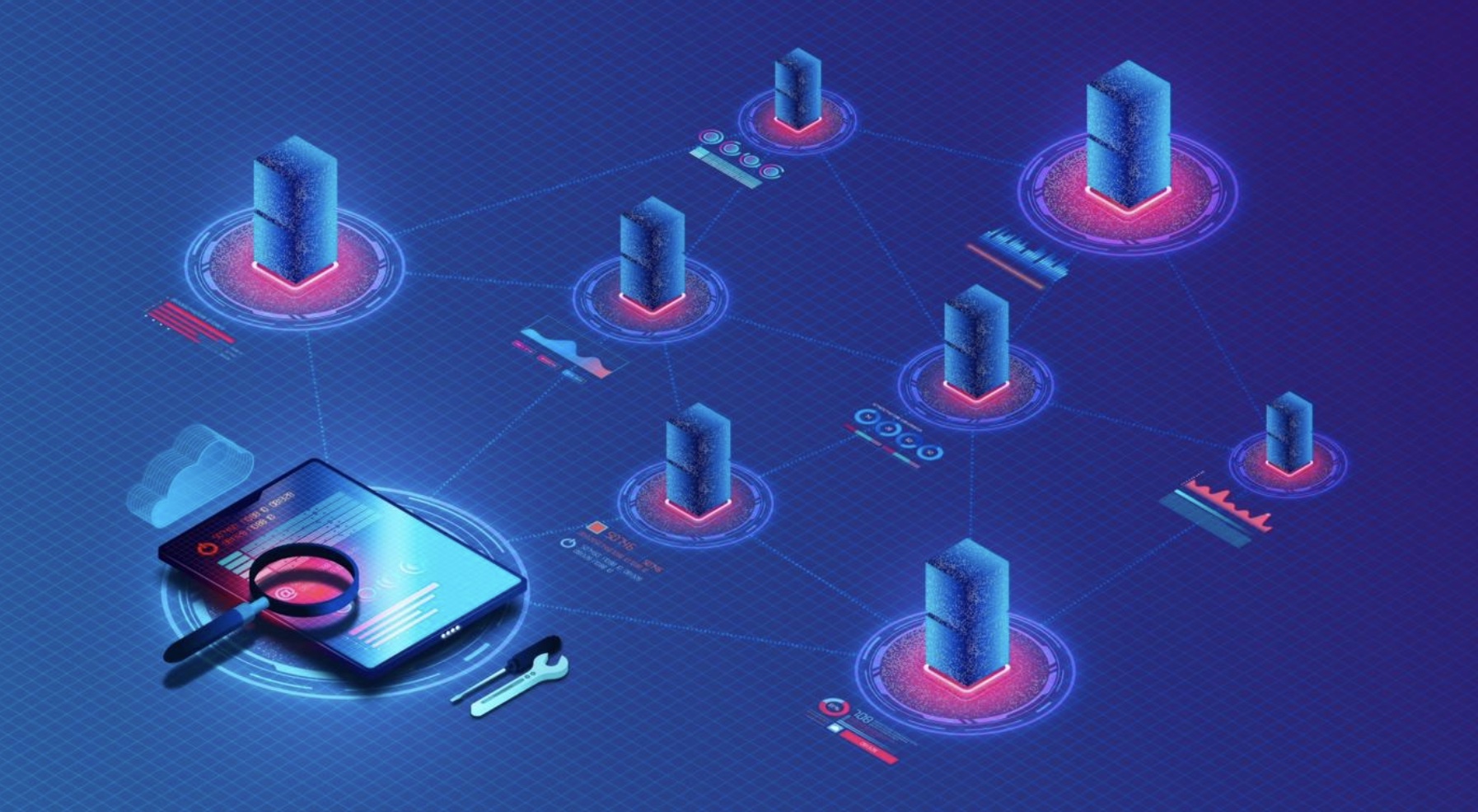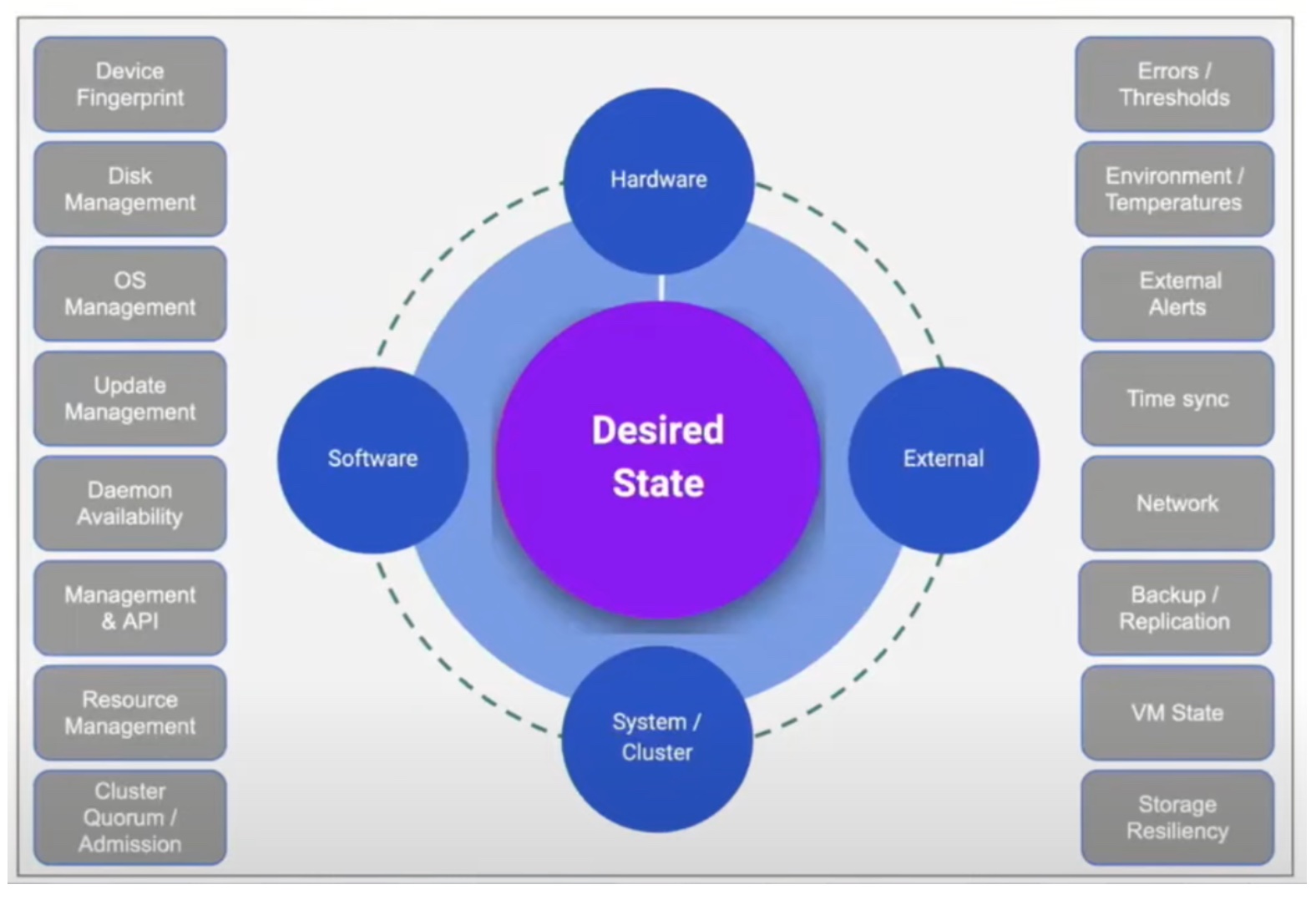Seeing the presentations at Tech Field Day, I got to see a wide spectrum of companies. Many of the presentations were held in their offices, and it was a really unique opportunity to get a physical display of their company culture. It’s a window few get, but can be illustrative. I saw some companies recently out of stealth, with spartan offices befitting their newly expanded operations. With offices and people in these primordial formulations, you can literally see the agility they’re able to offer, and how groups within it physically grow.
I also saw companies a little further down the road, some with offices decked out in unified company color schemes, with inspiration from on high plastered to the walls. These were more regimented, but still small enough that you could see everyone in the company in a single office at one time. In these offices, you could sense everyone humming around with a purpose. Every employee invested into working toward a single goal, even if that goal required a lot of moving parts.
Dell EMC was not this type of company.

Dell EMC: Now with 100% more E!
Image credit: Robert
Going into their building for their presentation, I was immediately struck by the building as an institution. Other companies we saw had offices, perhaps a floor. Dell EMC has a campus. When you’re there, the company surrounds you, ensconces you in a building created just for them. It was a space you could explore, perhaps get lost in. Luckily we were given generous supervision to get us to the Isilon presentation.
The presentation was held in the space that I feel comfortable calling Future Room. The walls were gleaming white, with floor to ceiling whiteboards on alternating panels that in all honestly I could not differentiate. We were seated in a amphitheater-like arrangement that communicated an understood depth.

Future Room!
This was my first introduction to Isilon. I’d heard the name in the past, but didn’t really know what it was. Dell EMC just put out a new all flash Isilion node called Nitro, but were were given an overview of their spinning disk options. The beginning of the presentation was definitely high-level, because I seemed to be able to follow it without a problem. Getting acquainted with Isilon was a lot like going to the Dell EMC campus, you’re struck by it’s scale. I’ve already seen a lot of storage solutions since beginning to write for Gestalt IT. Remember those small focused companies I talked about before? Those are the kind of products I’ve been seeing. With Isilon, Dell EMC is no less focused, but you can almost feel their need to think as big as possible. It helps that this is a very mature product, Isilon has been around since 2001.
Dell EMC first caught us up on the Isilon product history. The product growth has really taken off since 2010, when EMC purchased Isilon, and even further after the Dell merger. To illustrate, Isilon currently has 8,000 customers, 1,500 of which were new for 2015. They really want to expand the product from it’s media streaming roots. It seems like they’ve been successful so far in this. Their biggest growth is coming in new verticals like healthcare, financial services and genomics.
This growth makes a lot of sense, because if you’re not familiar, Isilon is network-attached storage that’s designed to scale out. Now basically every company talks a big scale out game, in the Storage Vendor Bingo game, it’s pretty much the middle square. Sometimes this can be theoretical. I’ve seen other vendors who are talking about having real world nodes scaling to maybe 10PB. Impressive to be sure. But Isilon is seeing real world deployments a lot of other vendors aren’t currently matching. Dell EMC claimed to see scale out from a humble 16TB to over 90PB. That covers a lot of use cases!
So what’s so special about all this storage? Well across all of their nodes, the storage is has a unified namespace, put into a data lake. This supports data coming in from across file system and access protocols, with support for NFS, FTP, HTTP, SMB, and Swift. We were also told that with their CloudPools tool, this can move data seamlessly to the cloud when performance is needed. Notably however, I didn’t hear S3-compatability support mentioned.
Isilon has a plethora of tools to manage all this data, from dedupe to quota management. While not a unique feature of Isilon, I was impressed with their automated tiering, SmartPools. The product line has such a huge number of nodes and supports data all across your datacenter, but with the InfiniBand backend and up to 40GbE external network, the system does a really good job of moving hot data up for quick access, with the ability to put cold data either in the cloud, or on slower nodes.
Dell EMC also presented their SmartFlash, their version of a hybrid flash deployment for Isilon. I have to admit that this seemed less impressive after seeing some of the details for the all flash Nitro nodes. The hybrid system allows for up to 1PB cache of flash storage within your cluster. That sounds amazing, until you realize that Nitro supports nodes of almost up to 1PB of pure flash storage. I’ve heard a number of people asking the legitimate question of who needs that much flash storage. I honestly am not sure of the use case, but it may come down to which is more cost effective.
Isilon is such a vast product line, it was hard to get through it all in the hour presentation. Toward the end, we were flying through the slide deck pretty quick. Dell EMC pitches this as a scale out solution, but I would have to question at smaller deployments if it would be the ideal solution. That being said, as a scaled out system, they not only have the plan to do it, but they’re already out there running with thousands of customers.
Sitting in Future Room, I was trying to imagine what I would do with a 90PB cluster (attempting to compose the Total Library was the best use case). But then I realized that there are businesses out there that already know what they would do with it, and need one that just works. Isilon might not be the hottest new kid on the block, but history can be a good thing. For risk-adverse enterprises, the new startup figuring out their product, or the mid-size laser focused company is great down the road, but Dell EMC is offering scale out that has the benefit of experience.





[…] Rich Stroffolino – Transform and Scale Out with Isilon […]